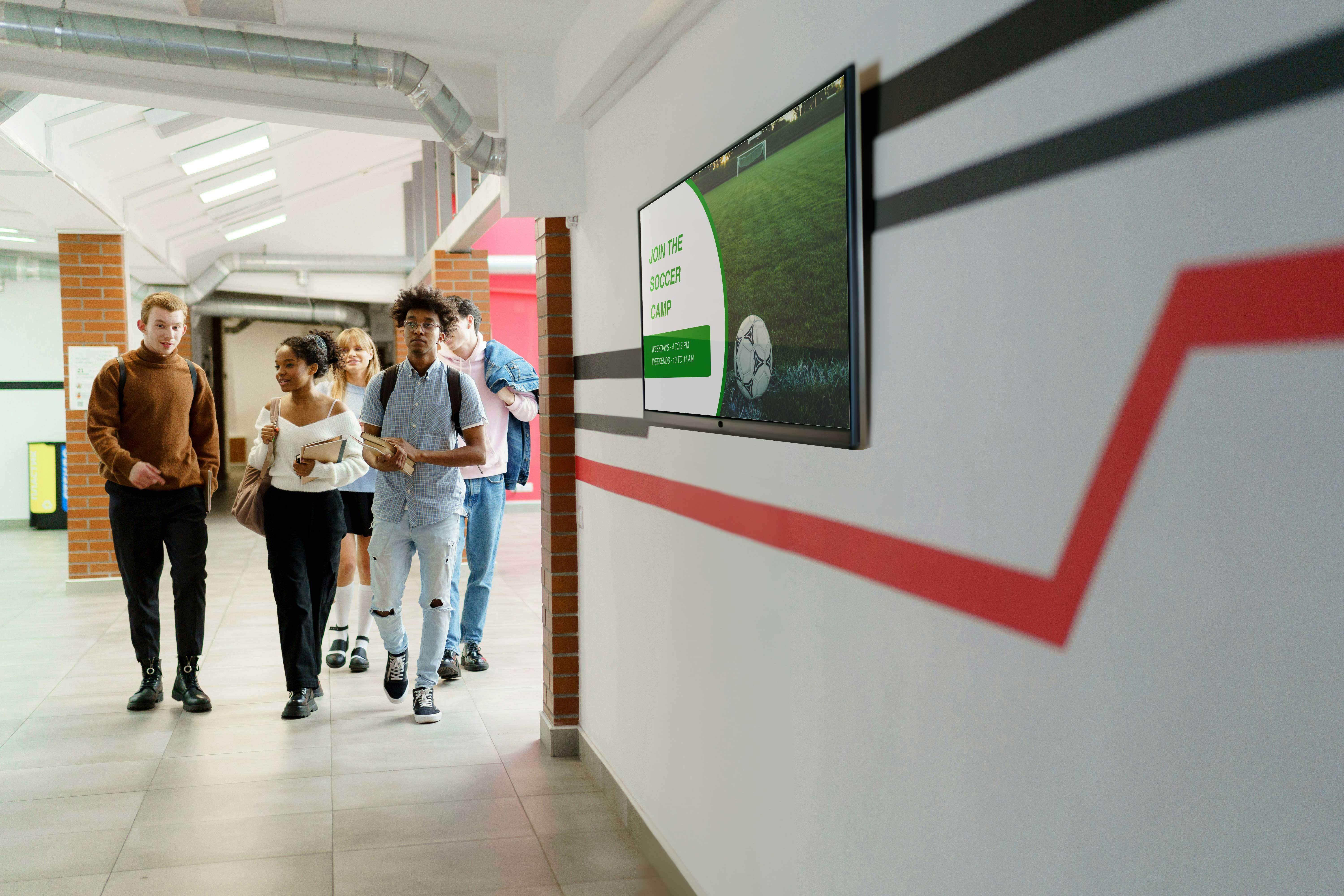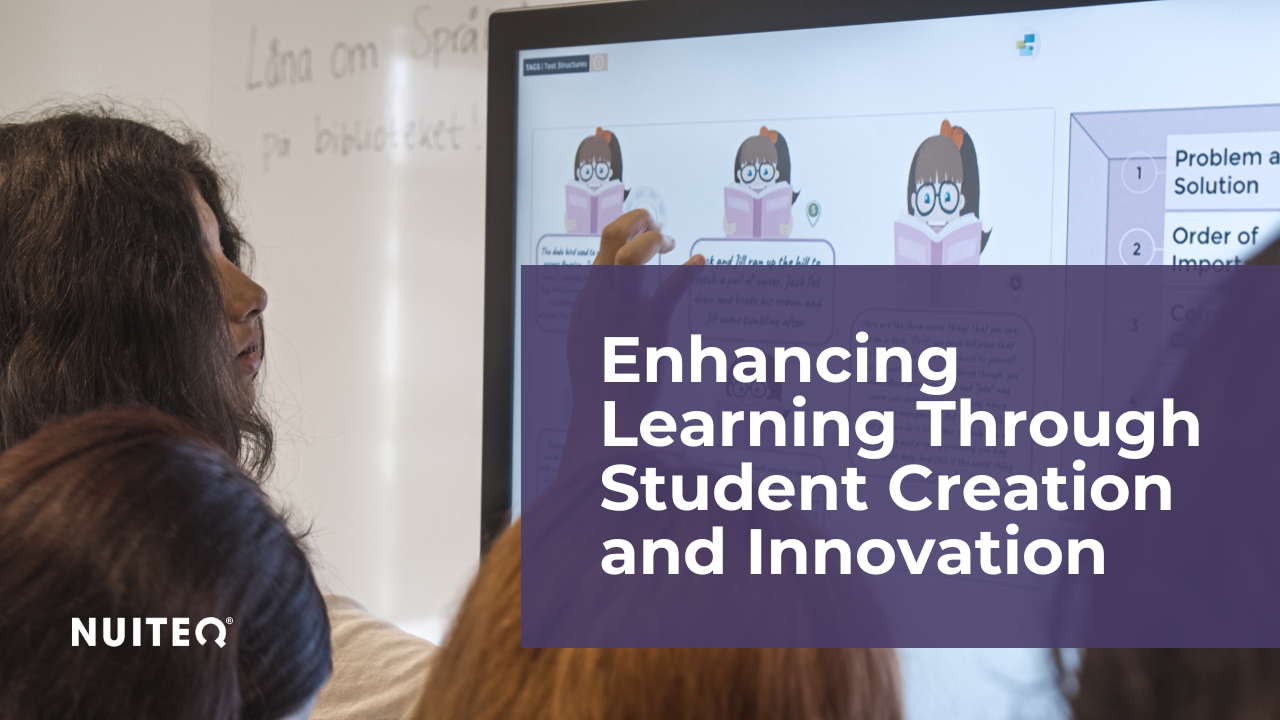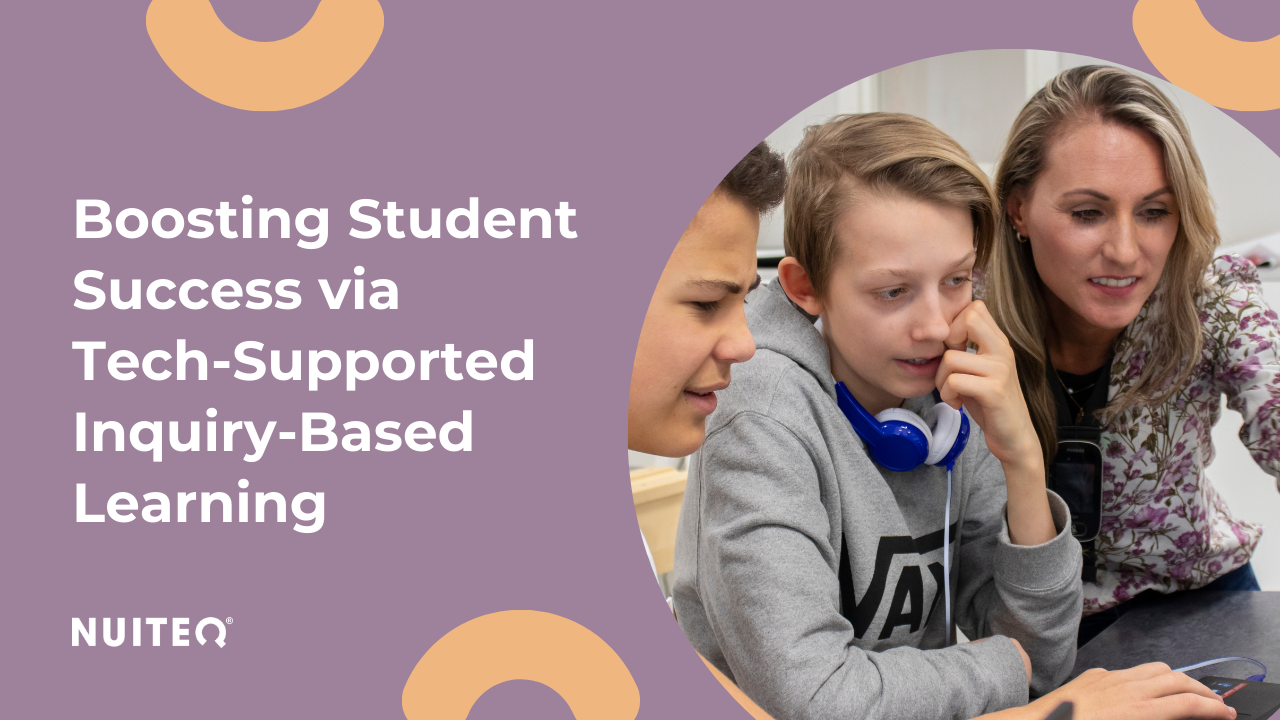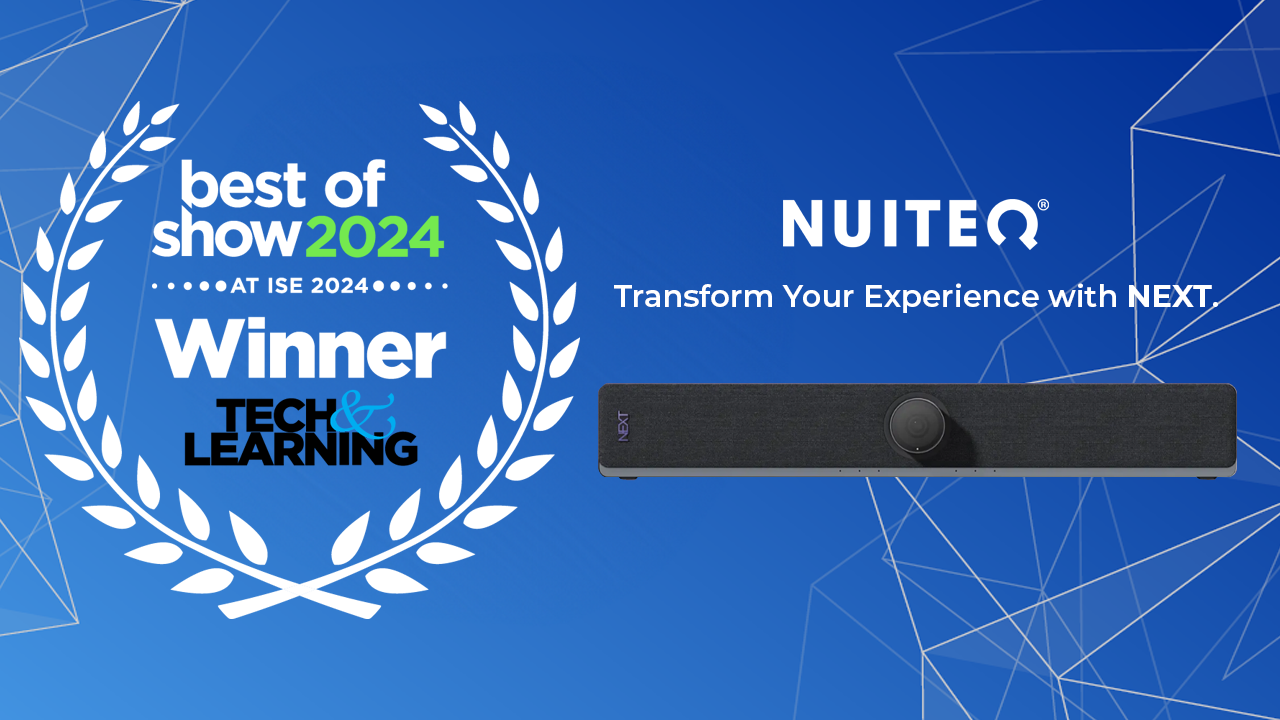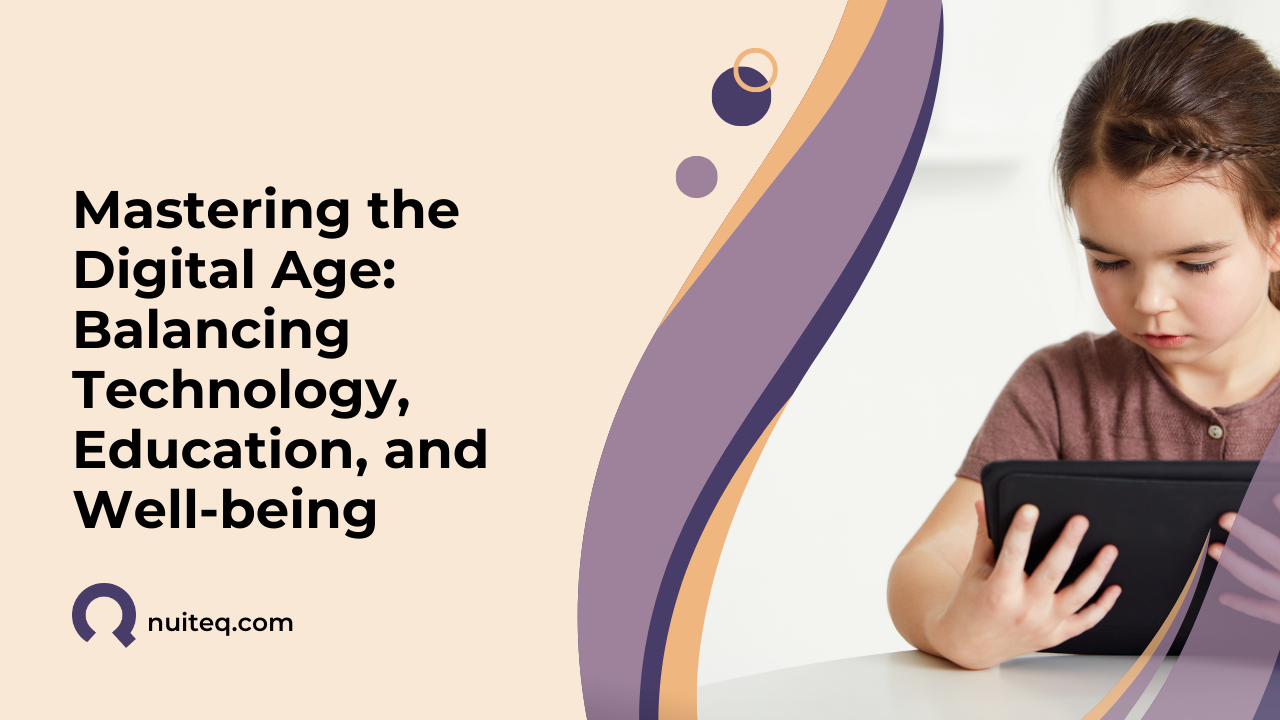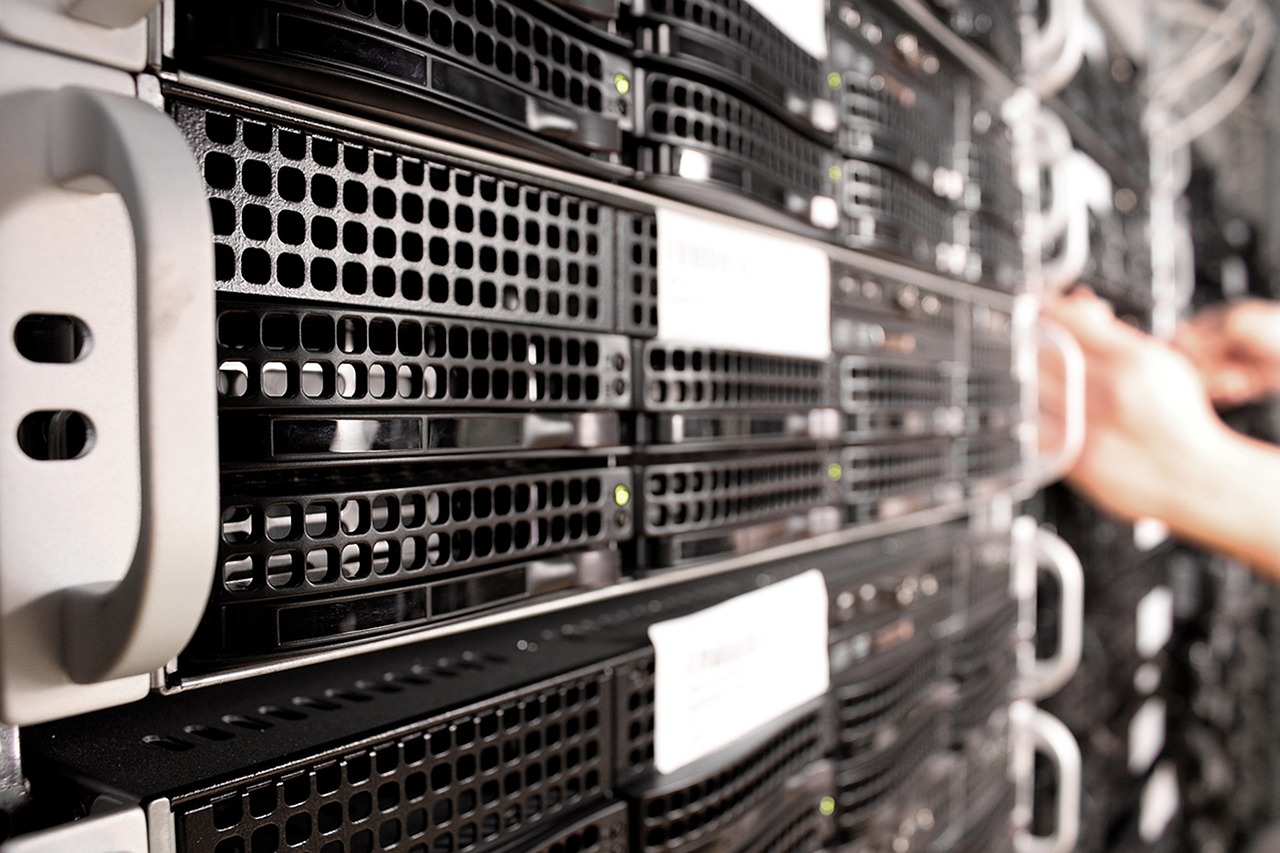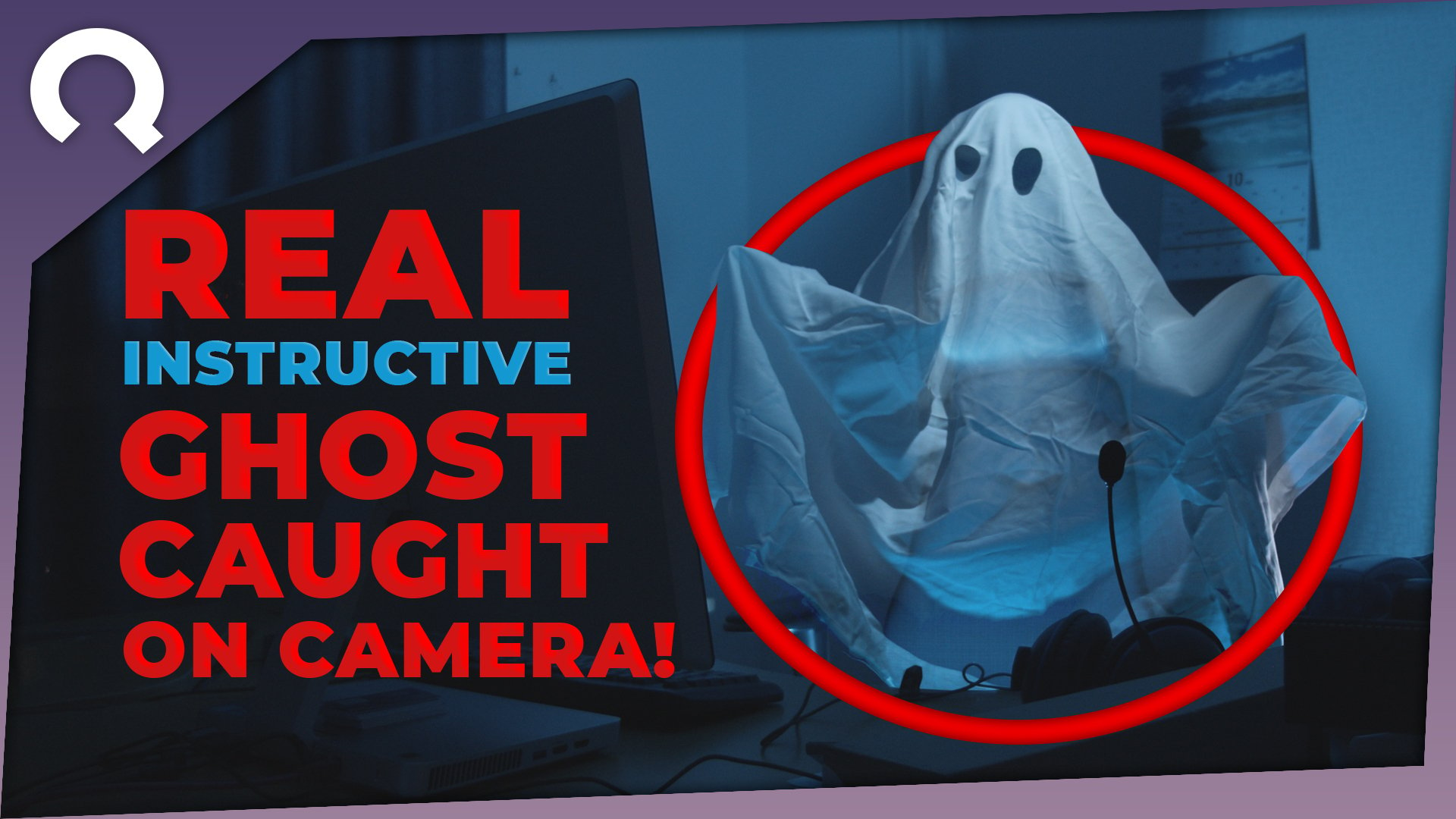Early in spring 2020, the COVID-19 pandemic started gathering speed and spreading uncontrollably around the globe. Many governments responded by shutting down schools and switching to remote learning or hybrid models. As a result, teachers were required to come up with ways to ensure the continued good quality of instruction and that students met their learning goals.
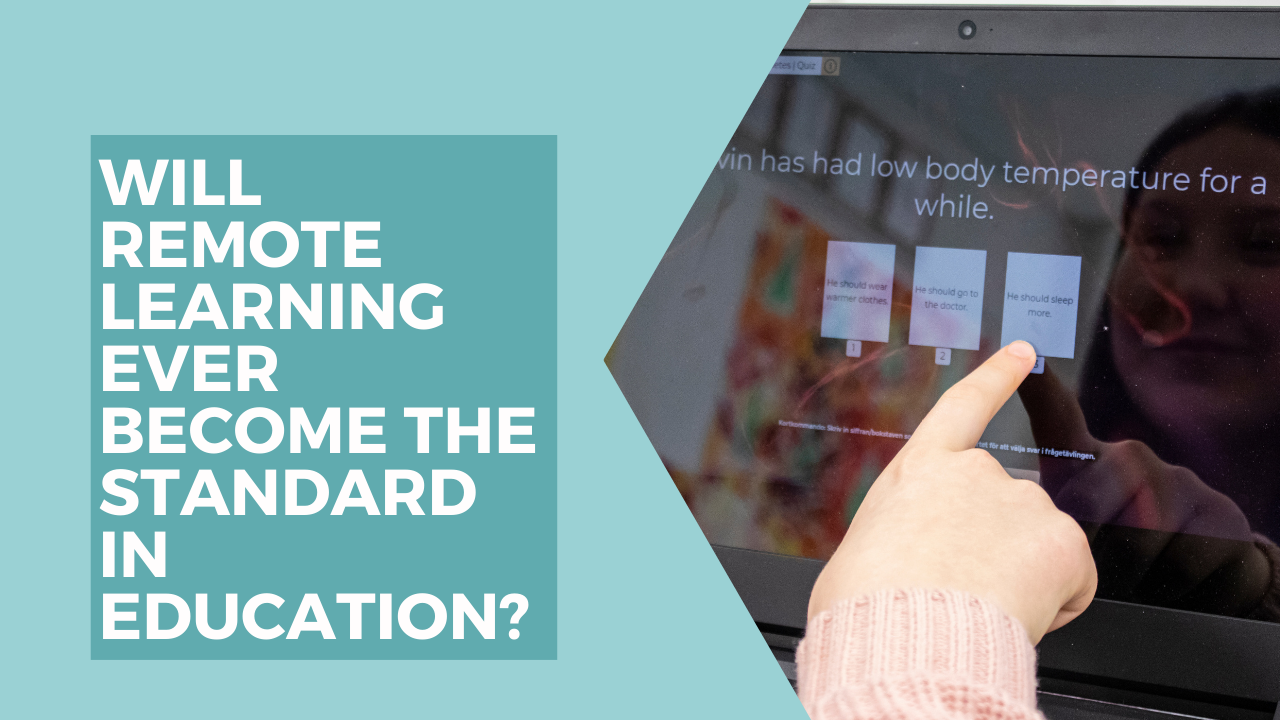
This was a daunting task. Differentiation was hard enough to achieve in a classroom full of students of varying abilities and interests. How would educators manage to identify and address student needs, and help them achieve their academic goals without that everyday contact? How would they even be able to reach all their students when the disparity in access to technology is so great, even between students in developed countries?
A year later, we know from research conducted around the world that it has been a bumpy ride. All things considered, thanks to the efforts of teachers, the switch to online learning exceeded expectations. Teachers made use of both existing and emerging technology, digital tools that they were already familiar with and ones they had never used before, to compose a way of working that was completely new to them. There was a learning curve for everyone involved, of course. However, the desire to overcome this obstacle was stronger. Collegial learning, for instance, reached new heights: educators used all available fora - including social media - to exchange knowledge and tips, and help each other get through this unfamiliar situation.
Students’ initial response was also positive. Attendance increased as some of the students that had a previous record of skipping school often or refused to go to school participated in remote sessions willingly. Others said that they found it easier to study from home because they could concentrate without the distractions that a classroom full of children entails.
Yet, there were also many reports of stress, both among students and teachers. Students often lacked the equipment needed to attend school remotely. Teachers did have a lot of tools available to choose from, but not always the right ones for what they needed to do. Some children had no physical space at home in which they could sit and focus undisturbed. Many missed their friends, their routines, the structure that school provides. Students who were depending on the support of an adult in order to succeed in their studies, such as those with special needs, now struggled to make it on their own. Alternatively, parents were forced to take on the role of a teacher, which was problematic as the vast majority of them, no matter how eager they were to support their children, lacked the pedagogical skills and knowledge to do so.
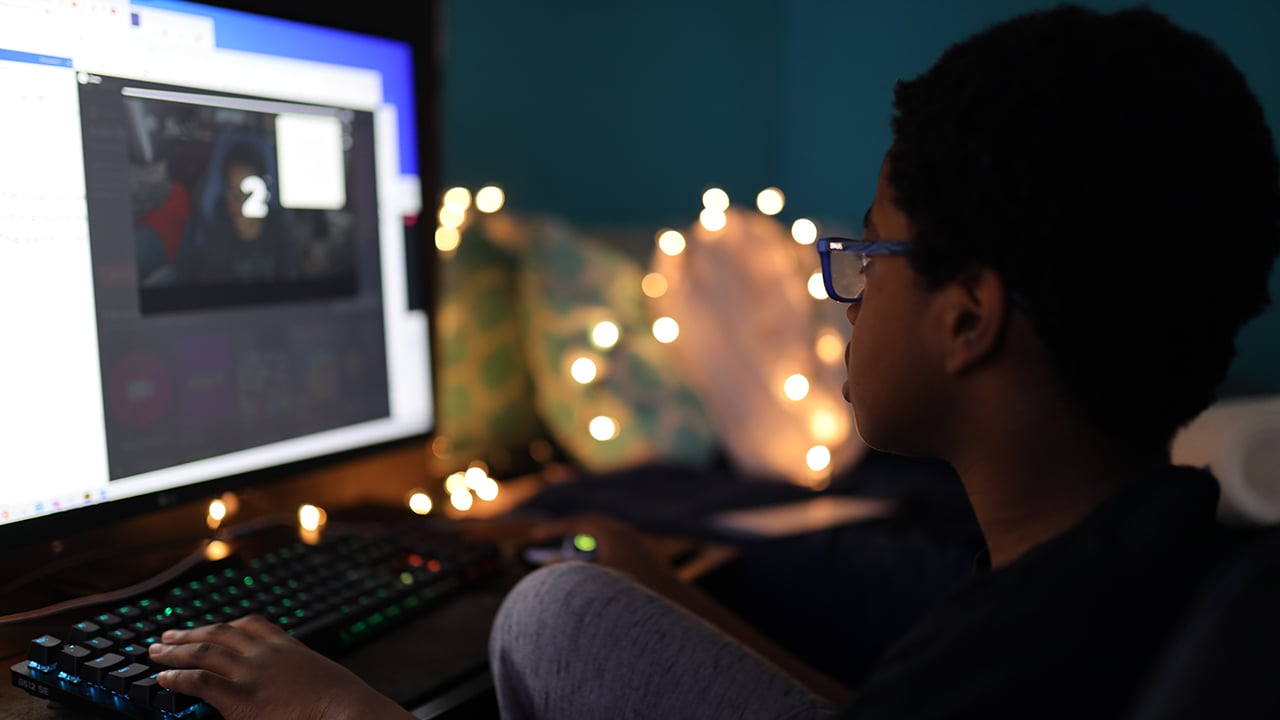
Image: Unsplash
So what’s ahead? Will remote learning ever become the norm or will we look back at this period in history as the exception to the rule?
Cutbacks in education are unfortunately a reality in many countries around the world. After the initial positive results of switching to remote education, some schools (especially private ones) started investigating the possibility of continuing with either a full-time remote learning model or a hybrid one. This would cut down on building-related costs such as electricity and maintenance.
Another reason the possibility of a more permanent switch to remote learning has been examined is that it gives teachers the option to work with students who cannot be physically present. It removes a barrier that, for some, is insurmountable. Some students live so far away from school that a large portion of their day is spent commuting to and from school, leaving them too tired at the end of the day to do homework or other activities. Others cannot attend school because of illness. By giving these students the opportunity to attend school remotely, they don’t have to miss out on important learning.
The appeal of remote learning is certainly easy to understand. Yet there are reasons to suggest that such a radical change in the education system is not as ideal as it sounds. Schools are not just a vessel of knowledge and teachers need to play several roles during the day. Students are not passive recipients of facts, they are active in their learning and collaborate to gain knowledge. Teachers need to be by their side to challenge their thinking and support them in their efforts to develop. They are also there during a crucial, transformative time in students’ lives where they learn the social skills that they need to function in society as adults later on. The tumultuous teen years play a vital role in who these adults become, and teachers are there to help them choose a safe, productive path and surpass any mental health obstacles that might arise.
Being physically present in the classroom is a prerequisite for this. Facial and body language cues provide a roadmap for human interaction; they are lost in great part during video conferencing, making it harder for both students and teachers to understand each other. We learn how to be human through our interactions, acting and reacting, mirroring and imitating, adapting our behavior according to others’ behavior. In these interactions and in the safe space that school ideally provides we experiment, we fail, we adjust our course. Without the feedback from in-person interactions, in remote learning settings, these experiments are akin to laboratory ones: they might work in the sterile, controlled environment of the lab, but often they cannot be replicated in real life.
It’s easy to hide behind a screen, in other words. Teachers might find it difficult to find out if a student is doing ok or struggling. If they can’t find that out, they can’t help them. Students then risk failing to meet their academic goals.
Despite the savings in building maintenance, electricity and heating that a move towards distance learning would entail, there would have to be a lot of money invested by schools in hardware and software in order to ensure that all students have equal access to the technology they need to attend school remotely.
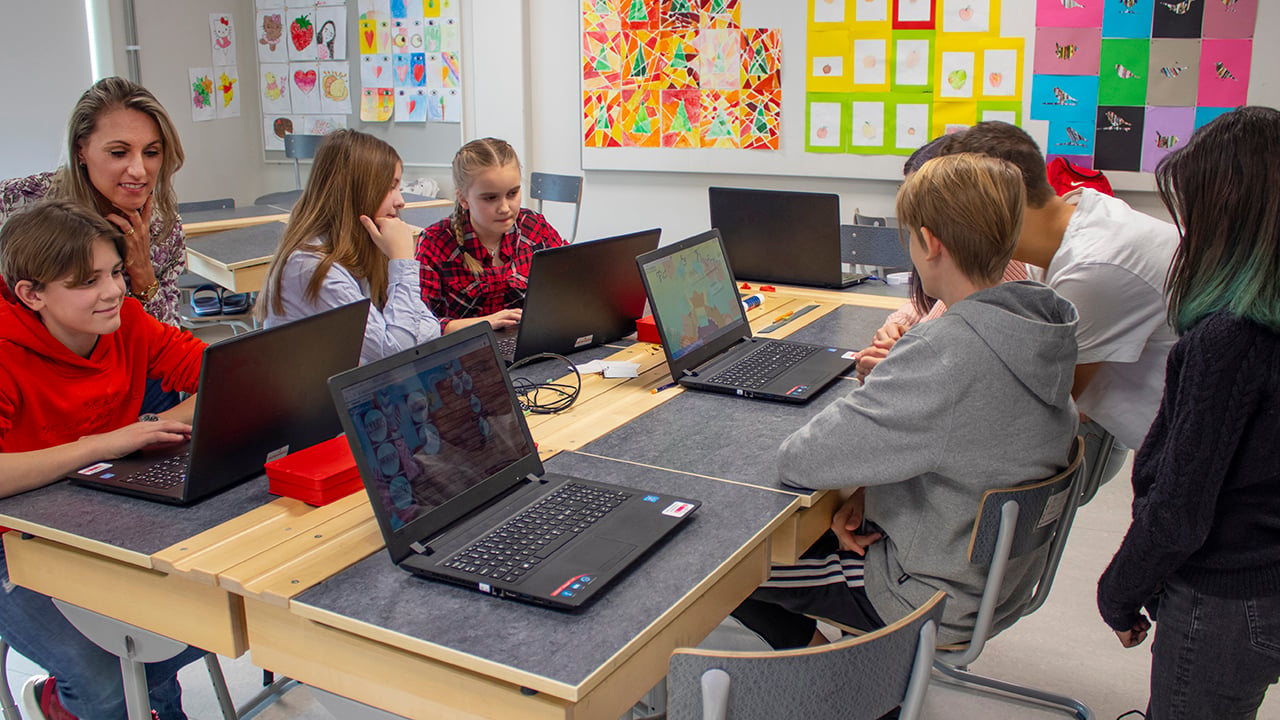
If the education system is to continue to play the multifaceted role in students’ lives that it plays today, a remote learning model is insufficient and can therefore never become a universal solution. That’s not to say that we should abandon the idea completely. As previously mentioned, there were several positive outcomes of the transition to distance learning that we underwent in the past year. We need to examine closely what those outcomes were and how we can harness the possibilities remote learning has to offer.
So, perhaps not remote learning for everyone, but for some. For those that are able to concentrate better in their own home. For those that are unable to attend class in person. For those that can easily work autonomously and unsupervised in their studies.
This hybrid model allows for great flexibility but we must not forget that it places great demands on teachers, for example by expecting them to create different lesson plans for each group of students. Therefore we need to remove the technological barriers that might prevent them from doing their job. Technology must be at the teachers’ service, not a problem they have to solve. It goes without saying that both students and teachers need to have access to quality hardware and a good internet connection, but the software should also simplify teachers’ work. It needs to support teachers in their efforts to engage and differentiate.
NUITEQ Snowflake is the educational software that can be used no matter if students are in the classroom or studying remotely. Differentiation is simple to achieve and done in a time efficient way, making it easy to send assignments to different groups or to individual students according to their needs.
No software or hardware can ever replace human interaction. But on those occasions that necessitate a quick remote learning fix or the ability to be flexible, we can make sure teachers don’t have to spend time or energy that they don’t have on solving software-related issues or on complicated differentiation processes.

 Sho stick
Sho stick


